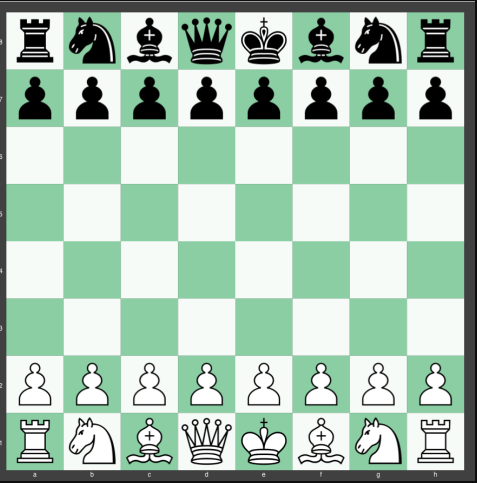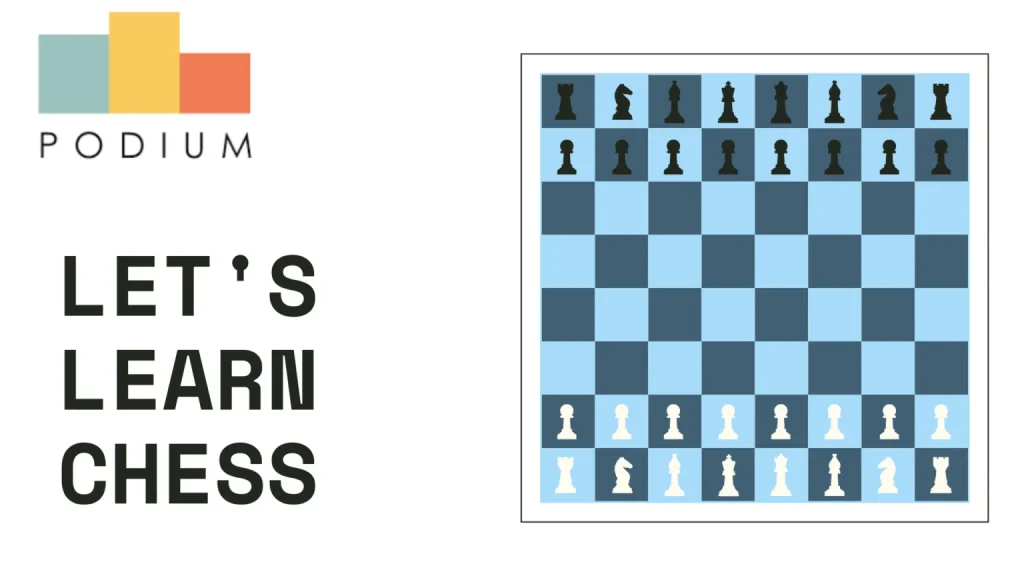To start, We have talked about many types of chess openings in the previous articles. Now it’s time to talk, discuss, and deep dive into this amazing opening about which we are going to learn today. One named the Reti Opening after the former chess grandmaster Richard Reti. We can consider this move as the best alternative for the famous 1.d4 or 1.e4 openings. In this article, we are going to learn more about this interesting opening and the ways to play it.
What is Reti Opening?
To begin with, the Reti Opening is an interesting position opening for White with a cache. Thanks to its flexibility and its many ways of winning the Reti is increasingly popular with all levels of players.
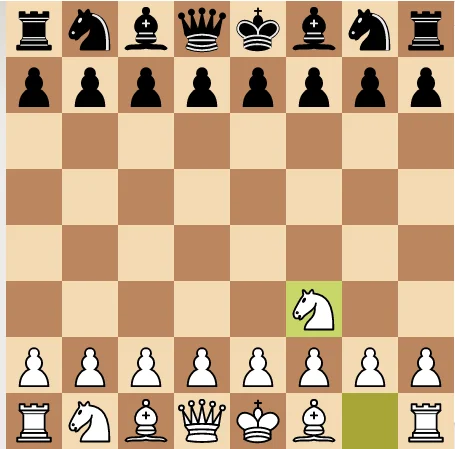
In addition, many leading grandmasters of today, such as Levon Arónian, Magnus Carlsten, Hikaru Nakamura, Vladimir Kramnik, and many more, have played the Reti Opening. Over and over again, many of the biggest grandmasters in the past, such as Anatoly Karpov and Ulf Anderson.
The Reti Opening takes place after the 1.♞f3 move. As you can see in the diagram. One positions the Horse at 1.♞f3 to start with the Reti Opening.
Real Match Example
To begin with, In 1924, Richard Reti managed to win a remarkable game against the reigning World Champion José Raul with the Reti Opening.
1.♘f3,♞f6,♙c4
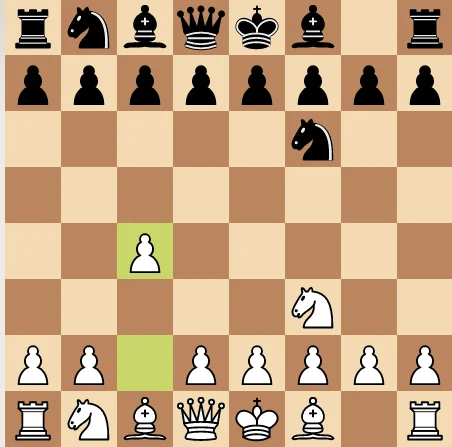
2.♟g6,♙b4,♝g7,♗b2
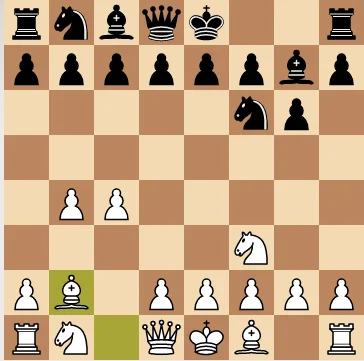
3.O-O,♙g3,♟b6,♗g2
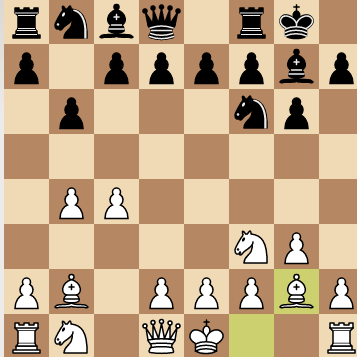
4.♝b7, O-O, ♟d6,♙d3
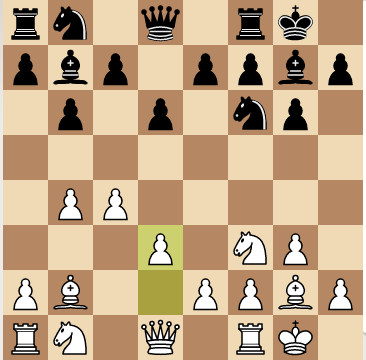
5.♞bd7,♘bd2,♟e5,♕c2
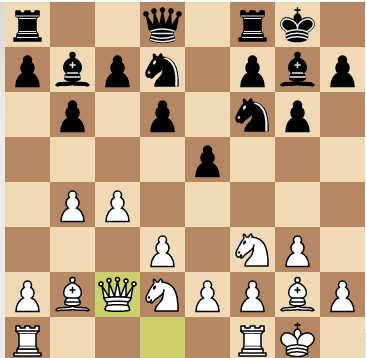
Furthermore, if you are interested in looking at the full game please let us know!
Advantages Of Reti Opening
1. It is flexible, as white does not hurry to define the center
Firstly, Move 1.Nf3 offers maximum white flexibility to decide how the black first step will develop. That means that black has to decide what is really in mind, or what the central structure will turn into before they know what white really is. In other words, from his usual, known set-ups, you can get your opponent.
2.Transpositions
You can ultimately transfer to a large number of openings by avoiding defining the centre. It may be converted into a Queen’s Declined Gambit of Catalan and Slavic, but also into King’s Indian Attack positions since white can keep its options open for the e2-e4 break.
3. Command moving
You can confuse your opponent by using a different moving order. Even if you have a clear set up, it is difficult for your opposing party to guess, and choose lines that you may be uncomfortable in the face, if you do not immediately put out the cards.
4. Low Theory Opening
Opening of low theory to play it you don’t have to learn a lot of theory. This is an opening for players wishing to play chess instead of learning long variations. To make use of this opening, you can always use the typical plans and thematic ideas.
It can serve you if you want to avoid theory or just want a quiet game in which you believe the first mistake is made by your opponent.
You will need to study the various structures and understand the different ideas in each of the classic games to play this opening successfully. Her studies will enrich not only your repertoire opening but also your general knowledge of chess.
5.Opening Solid
The Reti is a solid option that usually gives rise to a long, strategic fight. The player who understands better the typical structures and plans most likely will take precedence, as this opening takes very few narrow positions.
Basic Concepts of Reti Opening!
When it comes to Reti opening, it is essential to define the opening more precisely. The 1.Nf3 move is obviously not sufficient to define the opening as Reti.
Firstly, the King’s Indian Attack can start other openings for chess. Secondly, after 1.Nf3, many other openings can be translated into the game. For instance, the movements 1.Nf3 c5 2.e4 (the lead to defence) or 1.Nf3 f5 2.d4 (the lead to defence) (the Dutch Opening).
You, therefore, have to understand the general configuration of a Reti player to play 1.Nf3.
White usually begins with the Nf3, c4, g3, and Bg2 movements. Then White is practically always king’s castles. Later, White will often decide where to put his d-pawn. It is a critical question. The d-pawn goes in some lines to d4, but it is very well positioned at d3 in other lines. The Reti Opening also usually uses white dual fianchetto systems. Thus White also fictionalized his queenside bishop in many ways with b3 and Bb2.
In addition, in most of the variations, the fianchettoed light-squared bishop on G2 is an unexplained secret. This bishop plays a very important role in the long diagonal, placed much better than that of the Black on c8.
Since the Reti Opening market is not available in too many publications and training sources (several opening books for Black even deal with the Reti Opening under headlines like “Minor Openings” or “Sidelines to White”), it is sometimes a little vague that moving orders could be labelled as Reti.
We hope you learnt something new from this article!
Share with your friends

